Grant Funds Digitalization of CSUN’s African-American Photography Collection
California State University, Northridge has received a $290,000 grant from the National Endowment for the Humanities for the creation of a digital database of the university’s African-American photography collection, which contains more than 550,000 images by pioneering black photographers Harry Adams, Guy Crowder and Charles Williams.
Adams, Crowder and Williams documented the social, cultural and political aspects of African-American life in post-war Los Angeles and Southern California and, in doing so, threw the power of a photographer’s lens on nationally significant themes such as racial segregation and discrimination, the civil rights movement, African-American entertainment and cultural leaders, and major political and cultural events.
The project would digitally preserve about 19,730 images from the Adams, Crowder and Williams collections and make them available to researchers and educators, including elementary, middle and high school teachers, online through CSUN’s Oviatt Library Digital Collections. The project is expected to take three years to complete.
“We have been building our archival holding for nearly 25 years and have amassed a collective of 850,000 images by local black photographers, including Adams, Crowder and Williams,” said journalism professor Kent Kirkton, director of CSUN’s Institute for Arts & Media, which is home to the collection.
“The collection is a real treasure that needs to be widely available,” he said. “This grant will allow us to make a large portion of our collections available to the public—students, scholars and other individuals—in an easy to access form for the first time. We will also be preparing materials for K-12 educators and make them available to any teacher who wants to use them.
“These photographs tell stories about the history and evolution of Southern California’s African-American community,” Kirkton said. “It’s time these stories were available to everyone.”
The Institute for Arts & Media’s African American Photography Collection, consisting of the life’s work of 10 freelance photographers and photojournalists, represents one of the largest collections of African-American photographs west of the Mississippi and the extensive collections in Southern California.
Given the depth of the institute’s collection, Kirkton said he chose to digitize the works of Adams, Crowder and Williams because they were three of “the most prominent and prolific photojournalists working in the Southern California region.”
These men worked as freelancers for the city’s black newspapers, including the Los Angeles Sentinel and the California Eagle, after being rejected for jobs by the city’s white press. As photojournalists, they documented political campaigns and events, both national and local, including the campaigns of John and Robert Kennedy, Adlai Stevenson and Tom Bradley. The also covered cultural events and such figures as James Baldwin, Louis Armstrong, Nat “King” Cole, Ella Fitzgerald and sports figures such as Jackie Robinson, Arthur Ashe and Muhammad Ali. They also extensively covered Los Angeles-area civil rights events, many involving national leaders such as the Rev. Martin Luther King, Jr., Malcolm X, the Rev. Ralph Abernathy, Julian Bond and Coretta Scott King.
As freelance photographers, they also captured the more private aspects of African-American community life, such as weddings, civic celebrations and school and church events.
“The work of Adams, Crowder and Williams presents an extraordinarily broad coverage of the community that is not limited in the way we typically think of photojournalists,” Kirkton said. “Taken together, their work fully documents one of the most important and dynamic eras of African-American history in Los Angeles, and illuminates the struggles and challenges, the achievements and victories shared by African-Americans nationwide.”
The African American Photography Collection is part of an archive of more than one million images housed in the Institute for Arts & Media. Part of CSUN’s Mike Curb College of Arts, Media, and Communications, the institute was established more than 30 years ago as the Center for Photojournalism and Visual History. It was renamed in 2008 as its mission and participation broadened.
Other noteworthy collections held by the institute include images by the late freelance photographer Richard Cross, who documented the wars in El Salvador and Honduras for Newsweek, the Associated Press, The New York Times, and U.S. News & World Report where he was nominated for a Pulitzer Prize; Emmon Clarke, a volunteer photographer for César Chávez and the United Farmworkers during the formative period of the union; and photographer Herb Carleton, who spent his career at the Daily News of Los Angeles, starting at the paper when it was known as the Valley News and Green Sheet.
For more information about CSUN’s Institute for Arts and Media, visit its website at http://csunartsandmedia.org/ or call Kirkton at (818) 677-3037.

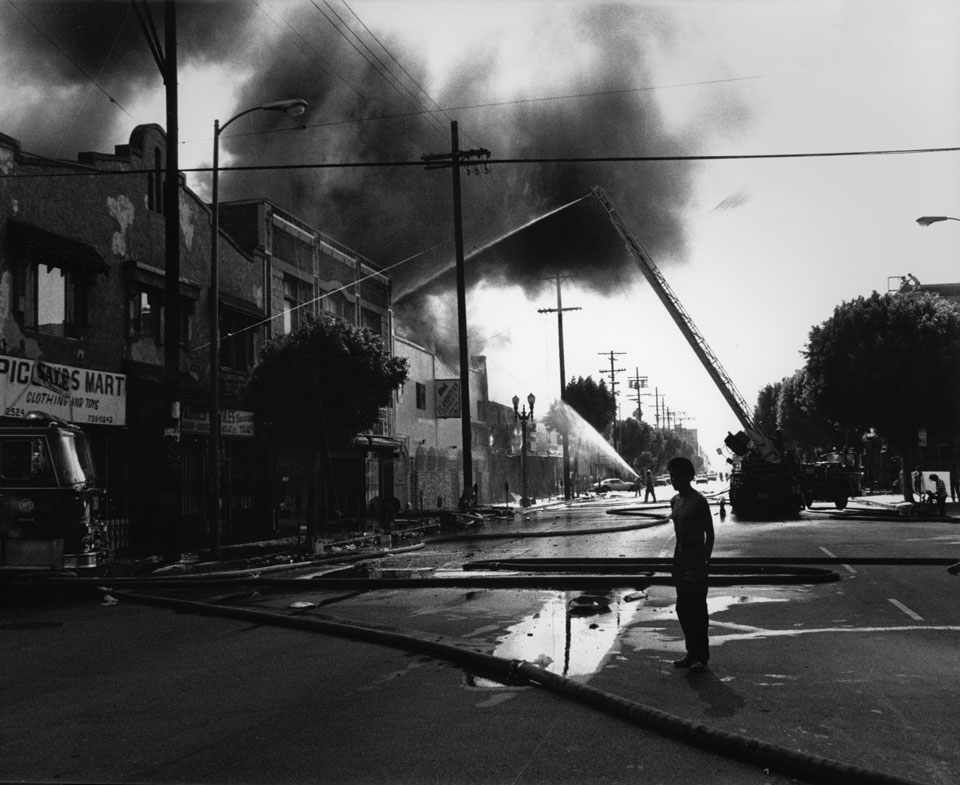
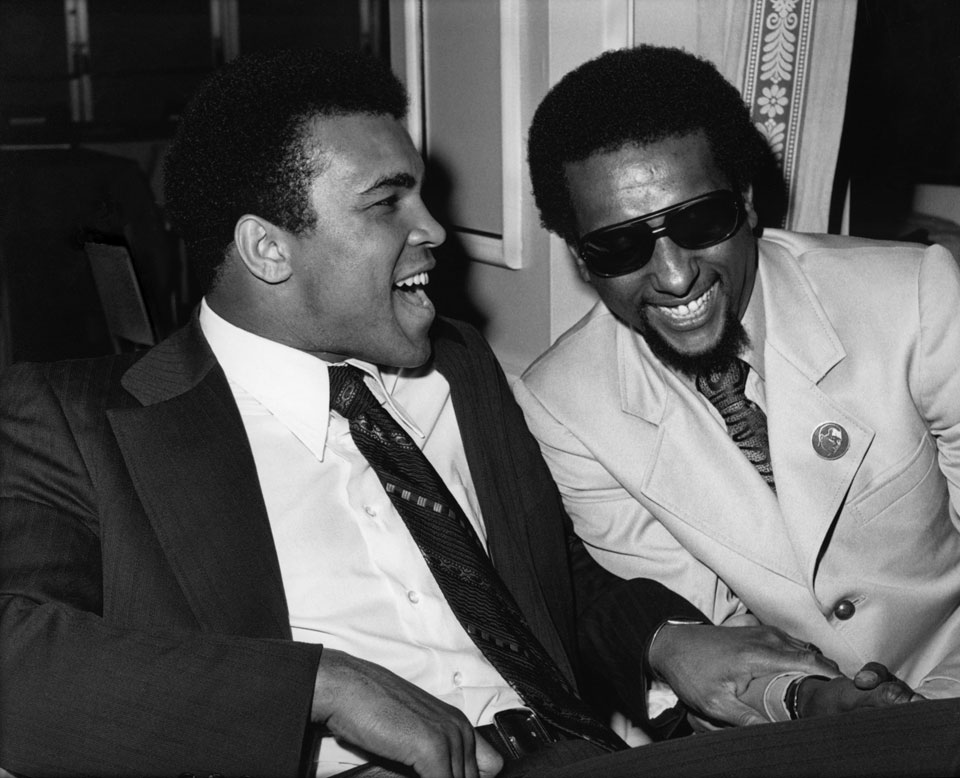
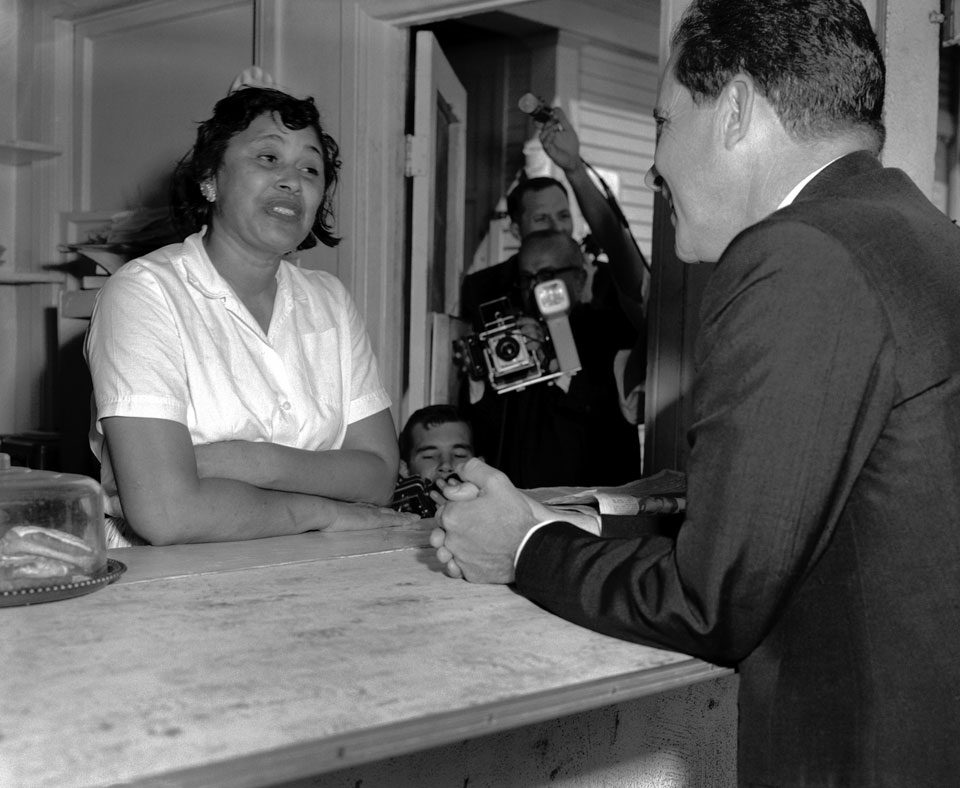
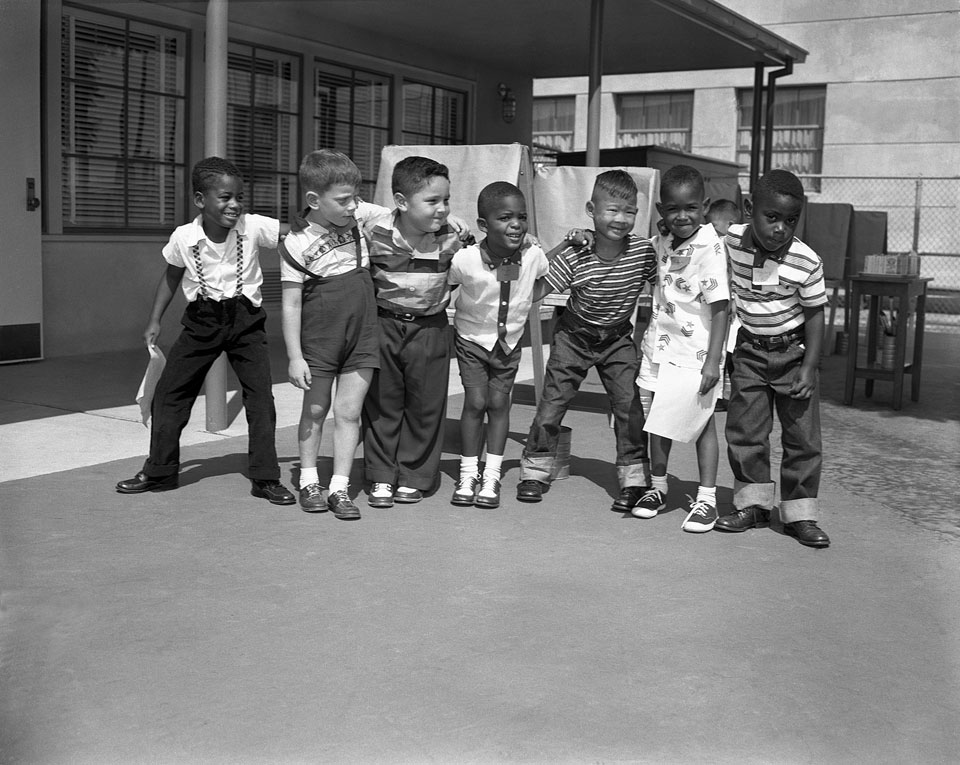
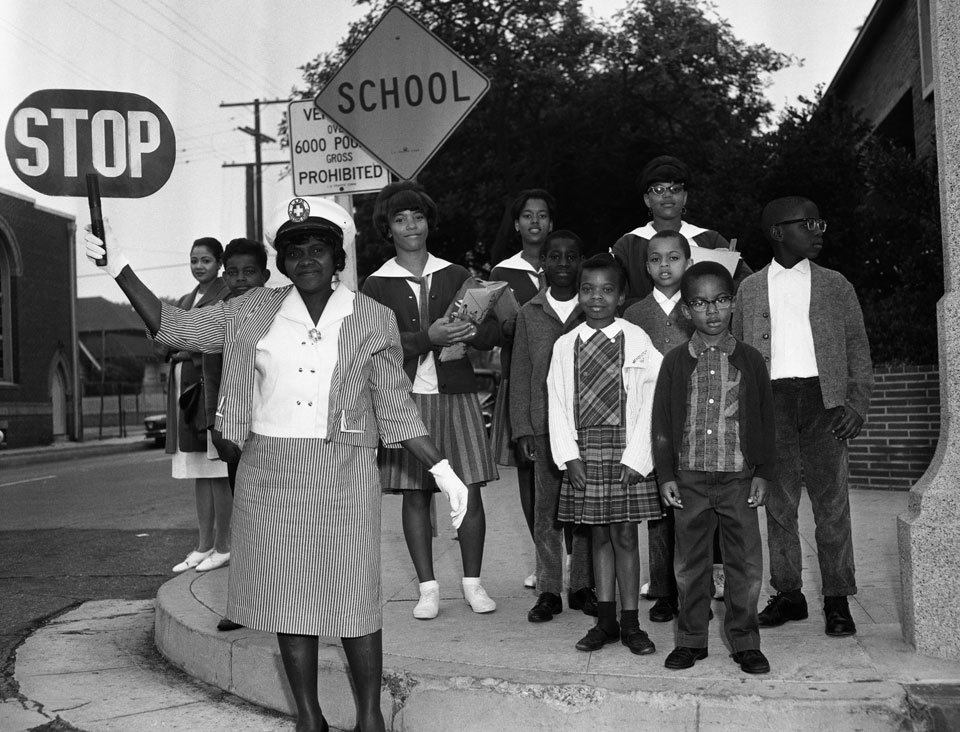
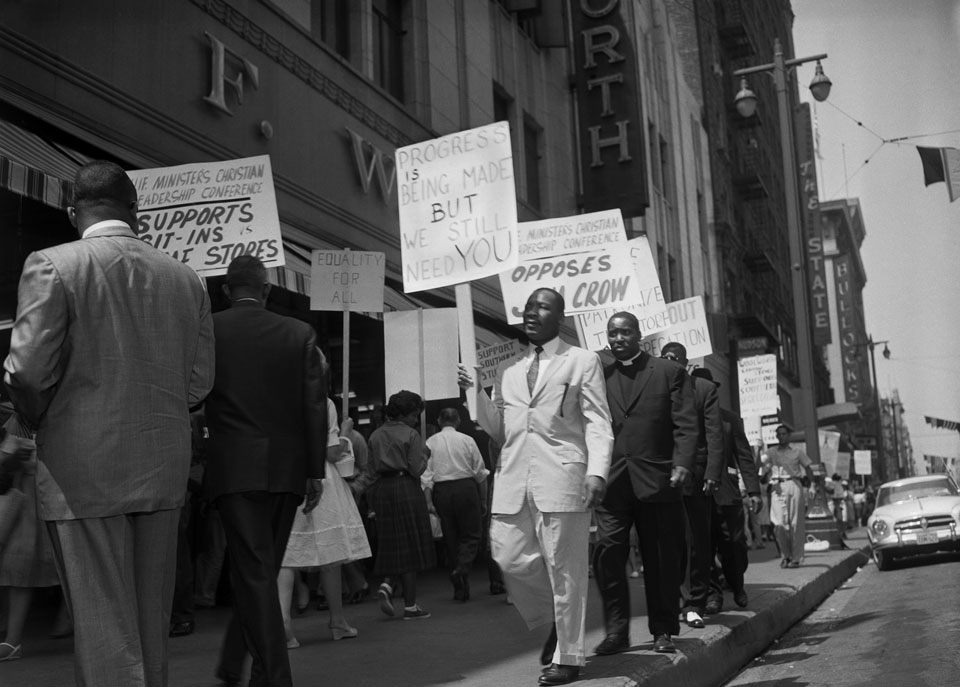
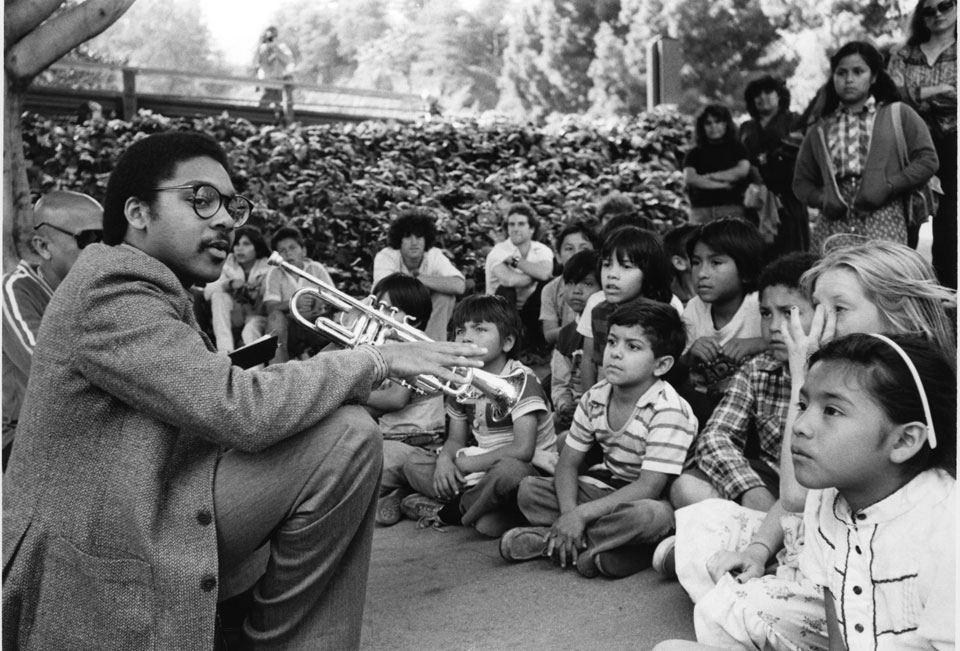
 experience
experience